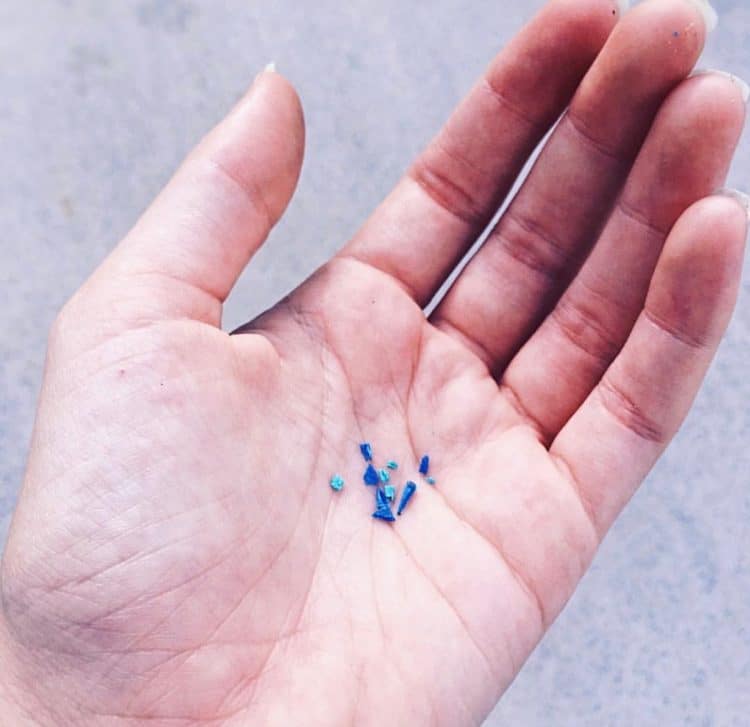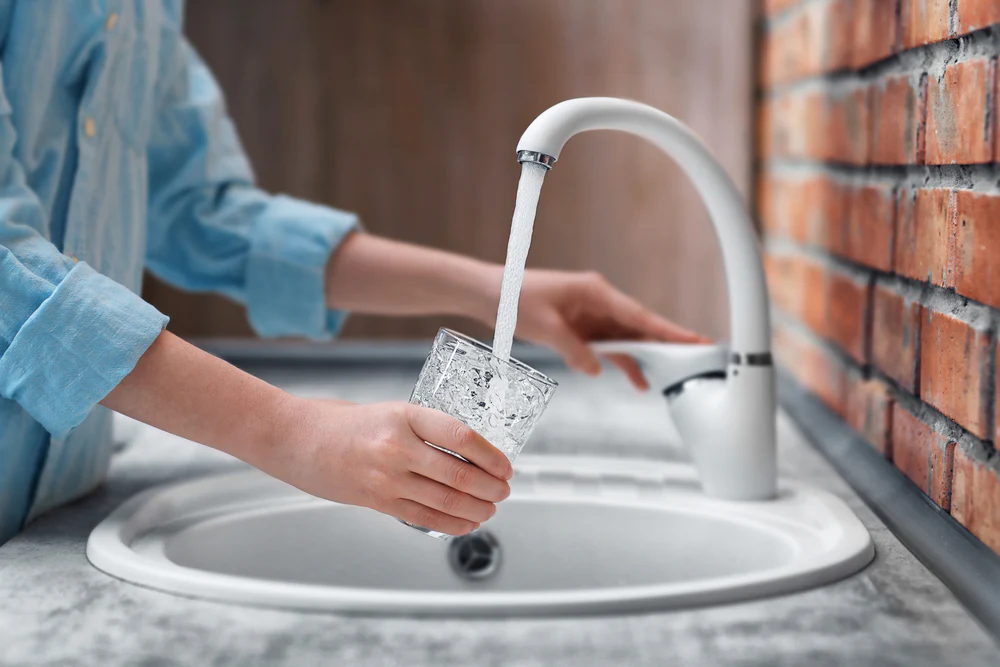Used once, lasts forever.
This is the unfortunate effect that comes from using single-use plastic. Plastic does not biodegrade, but instead breaks down into tiny fragments called microplastics.
World Oceans Day is on June 8th.
This year’s theme is preventing plastic pollution and encouraging solutions for a healthy ocean, and to celebrate this theme, we’ll be highlighting the three worst global plastic polluters – and sharing ways you can avoid them in your daily life.
The first offender to watch is microplastic.
Microplastic is one of the most dangerous offenders on the plastic pollution list. These small, plastic fragments are less than 5mm long and typically result from larger plastic pieces photo-degrading over time or microbeads found in personal care products.
Microplastic in hand
Because of their small size, microplastics are easily ingested by marine life, which is inherently harmful to the animals, as well as harmful to consumers who eat seafood. Learn more here.
Not only have microplastics been found in marine life, recent studies have even detected plastic particles in sea salt.
These tiny plastic fragments are also finding their way into our tap water. “Tests show billions of people globally are drinking water contaminated by plastic particles, with 83% of samples found to be polluted.”
Three easy ways to reduce your contributions to microplastics:
- Avoid personal care products containing microbeads
- Reduce single-use plastic consumption by using a refillable bottle
- Refusing plastic straws
Stay tuned for our next blog with offender #2.




